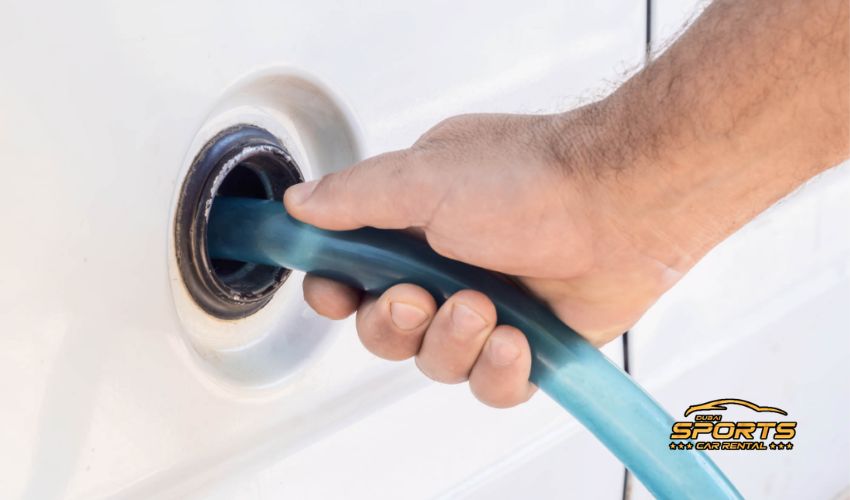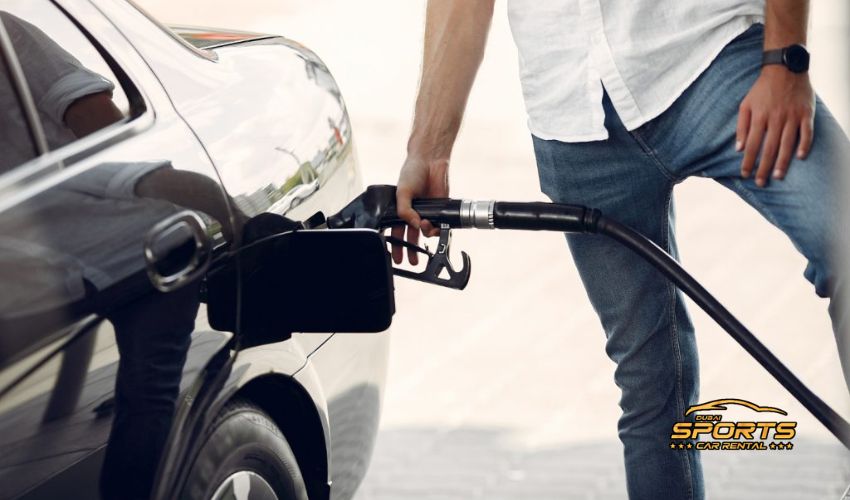Effects of Using Incorrect Fuel Type
- Engine Performance Issues
- Potential Damage to Fuel System
- Environmental Impact
Engine Performance Issues
If you use the wrong fuel, you will notice problems right away. Your car might be hard to start, or it might stall. It could be slow to speed up, feel weak, or make strange noises like pinging, knocking, or rattling. You might also see a lot of smoke coming out of the exhaust pipe. These things happen because the wrong fuel does not burn correctly in your engine. For example, gasoline does not lubricate a diesel engine like diesel fuel does, so parts rub together and wear down.
If you put diesel in a gasoline engine, the thicker fuel can clog the fuel injectors and filters.
Potential Damage to Fuel System
Using the wrong fuel can harm different parts of your car’s fuel system. It includes fuel injectors, the fuel pump, fuel lines, filters, and the fuel tank. If you put gasoline in a diesel engine, the gasoline removes the lubrication and harms engine parts like pistons and cylinder walls. Putting diesel fuel in a gasoline engine can clog the fuel system, and you might have to clean or replace parts. In some cases, the damage is so bad that you might need a new engine.
Environmental Impact
Using the wrong fuel in your car or truck makes it pump out more bad stuff into the air. If the fuel does not burn completely, it creates more carbon monoxide, hydrocarbons, and nitrogen oxides. These pollutants cause air pollution, which is terrible for both the environment and our health. Breathing polluted air can cause breathing problems, and the pollution can also lead to acid rain.
Steps to Take if Wrong Gas is Used

- Draining the Tank
- Flushing the Fuel Lines
- Engine Inspection
Step 1: Draining the Tank
Getting the wrong gas out of your car is a serious issue, and the first thing to do is get all of it out of the tank. Don’t try to do this yourself because draining off gas is risky and probably won’t get all of the wrong fuel out anyway. The best thing to do is call a mechanic or a roadside assistance service. They have the right tools and experience to safely empty the tank.
They will usually pump it out through the gas cap or by accessing the tank directly. Emptying the tank stops the problem at the source and keeps the rest of your fuel system from getting contaminated. After the tank is empty, the mechanic will probably add a fuel stabilizer. Thus, this protects any little bit of fuel left and gets the tank ready for the right kind of gas.
Step 2: Flushing the Fuel Lines
With the gas tank empty, the next step is cleaning out the fuel lines. Even a tiny amount of the wrong gas left in the lines can cause trouble. It is another job for the pros. They will use special cleaning solutions to flush the entire fuel system, from the gas tank all the way to the engine.
Therefore, this means cleaning the fuel lines, fuel filter, and fuel pump. Flushing gets rid of any traces of the wrong fuel that could damage the engine or make it run poorly. It can prevent long-term problems and make sure your car runs smoothly once you put the right gas in.
Step 3: Engine Inspection
After the gas tank and fuel lines are clean, the mechanic needs to check the engine for any damage. So, this might involve looking at the spark plugs, fuel injectors, and other engine parts. The amount of damage depends on how much of the wrong gas you put in and whether or not you tried to start the car. Sometimes, just draining and flushing the system is enough.
But if you run the engine with the wrong gas, you might need more repairs. The mechanic will look for signs of damage and tell you what to do next. It could include replacing damaged parts. Checking the engine is super important for finding any hidden problems and stopping future issues. Skipping this step could lead to much bigger problems later on.
Also Read:
Final Words About the Wrong Gas in Your Car
Putting the wrong fuel in your car can lead to various issues, from minor performance hiccups to significant engine damage. The severity depends on the type of mismatch (gasoline in a diesel or vice-versa) and how long the car was driven with the incorrect fuel. Addressing the problem swiftly is essential, and it involves draining the fuel tank, flushing the fuel lines, and inspecting the engine for potential damage.



